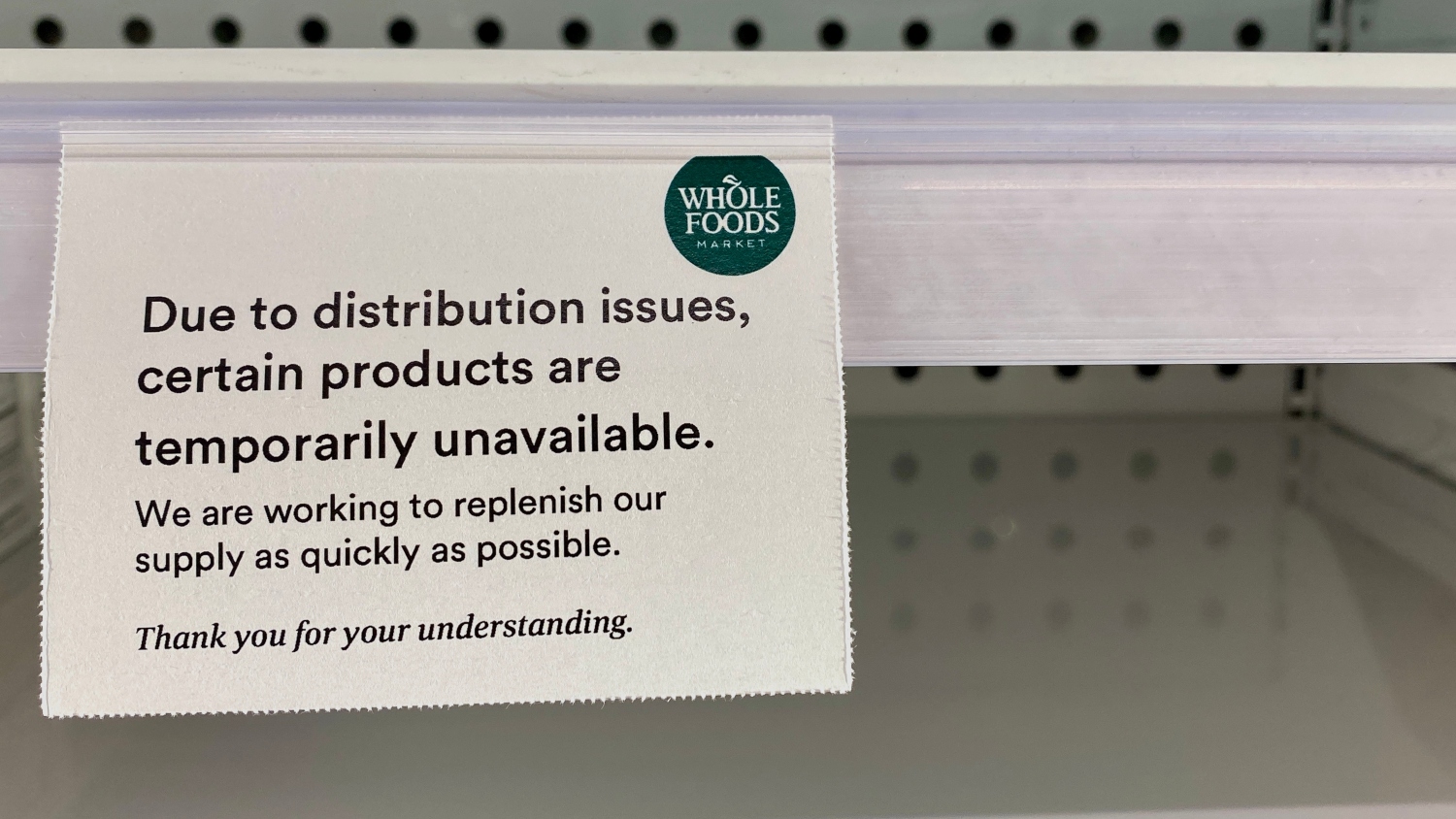Maybe its time for consumers to consume less…Market Satiation as a new supply chain strategy

The current set of supply chain disruptions is being set off by a combination of COVID cases and energy disruptions in manufacturing hubs around the world, labor shortages, lack of capital infrastructure investment, misaligned transportation resources (a lack of containers, ships, and trucks), and surges in consumer demand. This has led to a massive set of supply chain shortages, including a scarcity of microchips, massive bottlenecks in US and Chinese ports brought on by a combination of pandemic shutdowns and bottlenecks caused by a surge in demand for consumer goods by a world forced to sit at home. In all of these situations there has been a disconnect in the ability for free market price levels, and significant shortages. Most experts believe that the Christmas season will be marred by massive waves of product shortages. Consumers continue to order and manufacturers continue to ship, but the global system is not prepared to logistically process a flow of irrational buying-selling behaviors brought on by the chaos of a pandemic. Even grocery store shelves are often empty of certain products. The supply chain is gummed up, and the cascading set of bottlenecks can only be understood in the context of “systems thinking”, that views the end to end supply chain as a series of nodes which must all flow seamlessly. Each node, however, is also a bottleneck, which creates a series of problems that hinder the flow of materials from source to consumer. A question that is on everyone’s mind, including the popular press, is whether suppliers — who are being pressured by consumer demand to produce more than they are able to — will be able to keep up in a world of point-and-click ordering combined with perceived scarcities.
Companies are even beginning to ask the question, “should we cut back on advertising budgets?” A recent Wall Street Journal asked “whether it makes sense to promote products they can’t adequately stock. “It’s not wise to drive demand when shelves are bare,” said Susan Cantor, chief executive officer of branding firm Sterling Brands. Church & Dwight, the consumer-product company behind the Arm & Hammer and OxiClean brands, said Friday that it pulled back on third-quarter marketing for products most affected by the shortages, especially household products. The New Jersey-based company said it expects supply-availability issues to begin to abate in the first half of 2022 for most of its brands.
Another approach is to begin to consider new and innovative ways to influence consumer demand in times of supply chain disruptions. In this respect, Satiation Marketing is a concept that has not been used in a while, but which has some appeal. The idea dates back to WWII, when consumers were asked to consume less so that more resources could be devoted to the war effort. This is similar to the concept of “demand management” in procurement, which involves reducing the total volume of usage for a product to reduce overall costs. Satiation marketing involves marketing efforts to cap demand in the hopes of improving system operations. The idea is based on a marketing concept that when consumers perceive limited availability, it makes the product more enjoyable, and leads marketers to take advantage of a rare consumption opportunity, and to pay attention to the rate of satiation. Because limited available slows consumer satiation, if supply chain executives work with their marketing team to help them better market the limited availability of key products. So instead of marketing the idea of “get it while you can”, the messaging is “get what you need today so you can have what you need tomorrow and so does your fellow human neighbors”. Public messaging on the part of national and local governments, similar to the messaging in World War II around conservation for the public good is another concept that is important to consider. This is similar also to the messaging for reducing water and recycling, that appeals to the public good. This can help to reduce consumption of critical items impacted by the supply chain, to allow backlogs to diminish. The public rationing idea is a good example of changing the price/demand curve, and not letting price pressure decide supply and demand issues. Manufacturers and retailers need to consider this approach as an alternative model. So do consumers – perhaps the theme of being less materialistic this Christmas is a good one to adopt!


